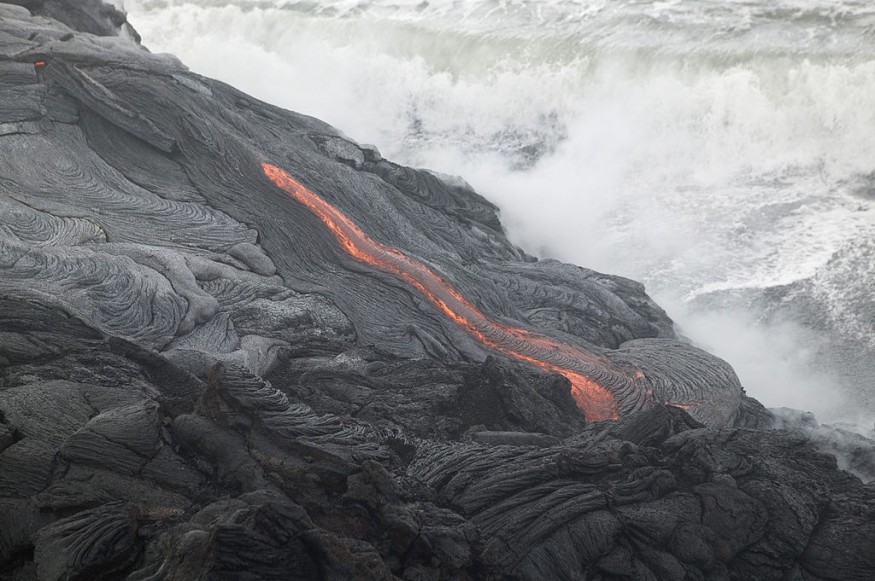A new massive volcano off the eastern coast of the island of Mayotte has officially birthed subsequent to the largest underwater eruption ever recorded in world history.
The new feature rises 820 meters (2,690 feet) from the seafloor, now appearing after the huge seismic event that rocked the island in May 2018. It is currently the largest active submarine eruption ever documented.
"Since 10 May 2018, magmatic activity has occurred offshore eastern Mayotte (North Mozambique channel), associated with large surface displacements, very-low-frequency earthquakes and exceptionally deep earthquake swarms," authors wrote in a new study.

"Here we present geophysical and marine data from the MAYOBS1 cruise, which reveal that by May 2019, this activity formed an 820-m-tall, ~5 km³ volcanic edifice on the seafloor. This is the largest active submarine eruption ever documented."
The birth of this giant volcanic edifice helps scientists understand deep Earth processes after an occurrence of major volcanic eruption.
An undersea mountain that had not been there before
Days later the volcanic event that started on 10 May 2018, a magnitude 5.8 quake rocked a nearby island. Scientists could not initially explain such strange seismic wave, but they had linked it somehow to an ongoing seismic swarm that's been rumbling the archipelago of Mayotte in the Indian Ocean.
The signals pointed to a location around 50 kilometers from the Eastern coast of Mayotte, wherein a number of French governmental institutions immediately sent a research team to check it out; and there it was, an undersea mountain that wasn't there before.
Lead researcher and geophysicist Nathalie Feuillet of the University of Paris in France, along with her team, began monitoring the region in February of 2019 using multibeam sonar to map the area of seafloor and set up a network of seismometers.
This network detected 17,000 seismic events between 25 February and 6 May 2019, with additional 84 unusual events.
With this data, the researchers were able to reconstruct how the new volcano may have formed.
Also read : New Lava Lake in Nyiragongo Allows Volcano to 'Breathe,' Avoiding Catastrophic Limnic Eruption
Tectonic processes below the new volcano
According to findings, the formation started with a magma reservoir deep in the asthenosphere located directly below Earth's lithosphere. The tectonic processes below may have caused damage to the lithosphere, draining the magma reservoir up through the crust and producing swarms of earthquakes in the process.
As the material made its way to the seafloor, its eruption produced 5 cubic kilometers of lava, building the new volcano.
This explains the unusual finding that negates the general principle that most earthquakes are much shallower. Here, the low-frequency events were likely generated by a shallower, fluid-filled cavity in the crust that may have "repeatedly excited by seismic strain on faults close to the cavity."
Researchers wrote that this Mayotte magmatic event is "comparable to those observed during eruptions at Earth's largest hotspots."
"Future scenarios could include a new caldera collapse, submarine eruptions on the upper slope or onshore eruptions. Large lava flows and cones on the upper slope and onshore Mayotte indicate that this has occurred in the past."
© 2025 NatureWorldNews.com All rights reserved. Do not reproduce without permission.





